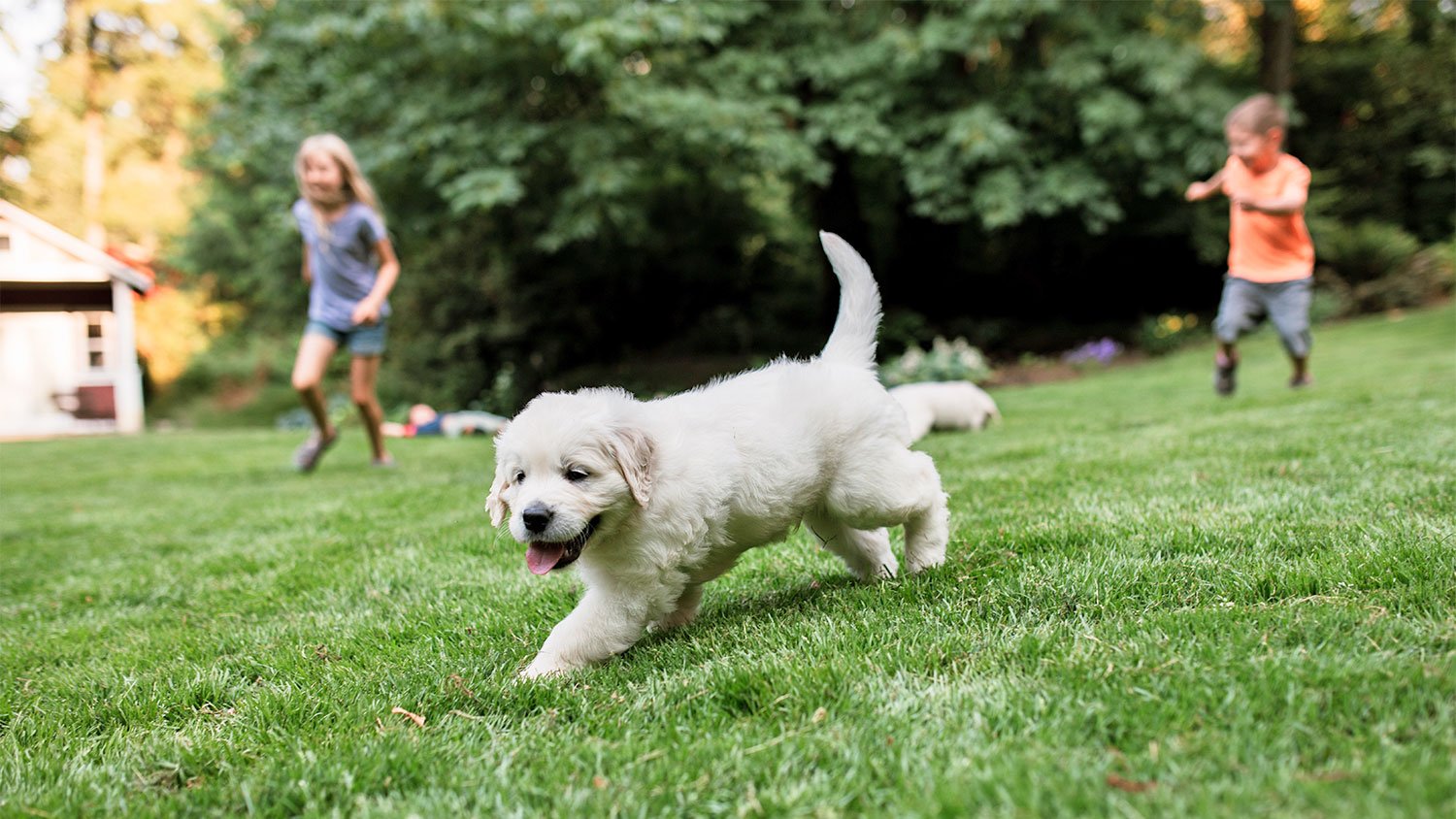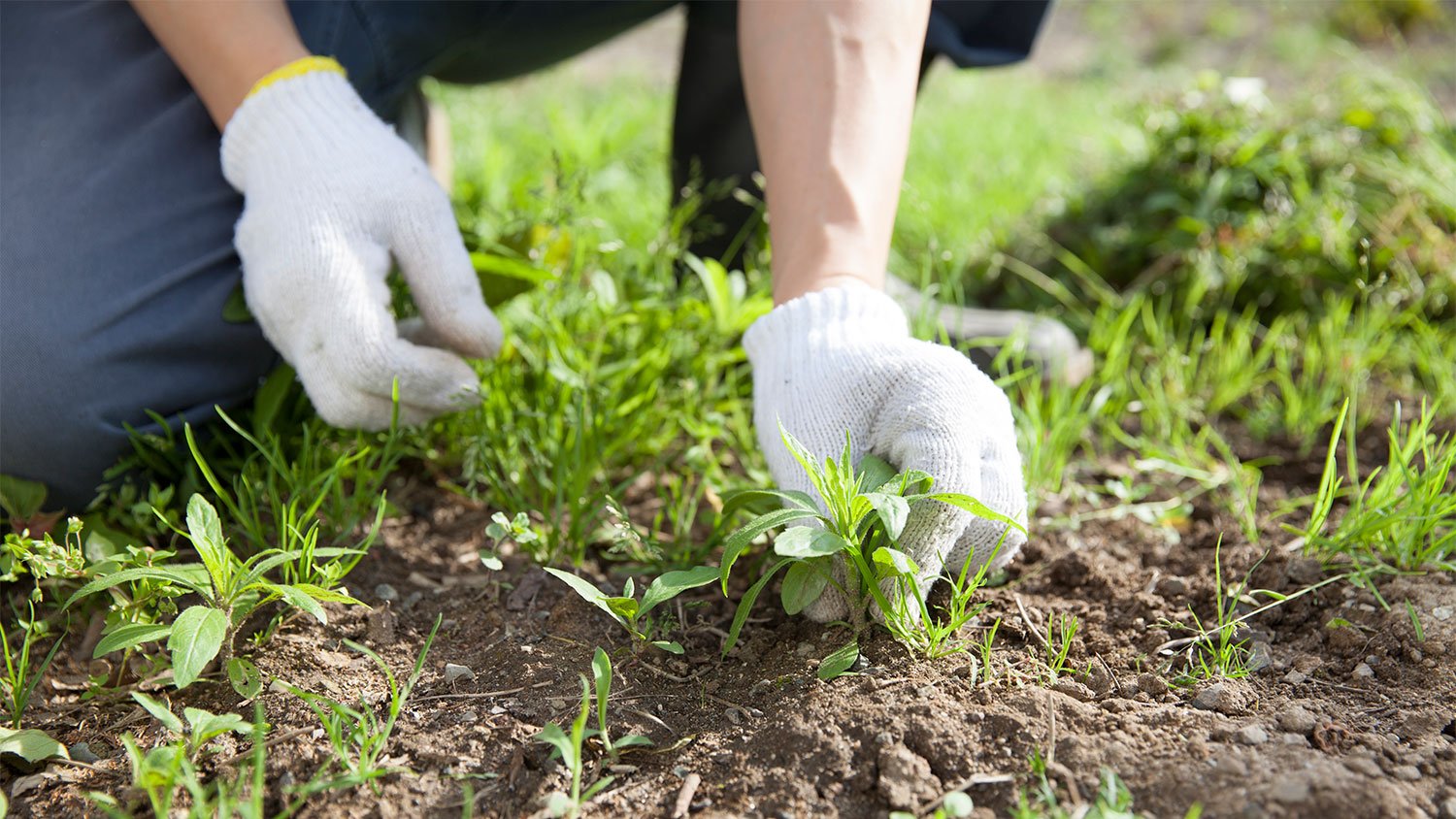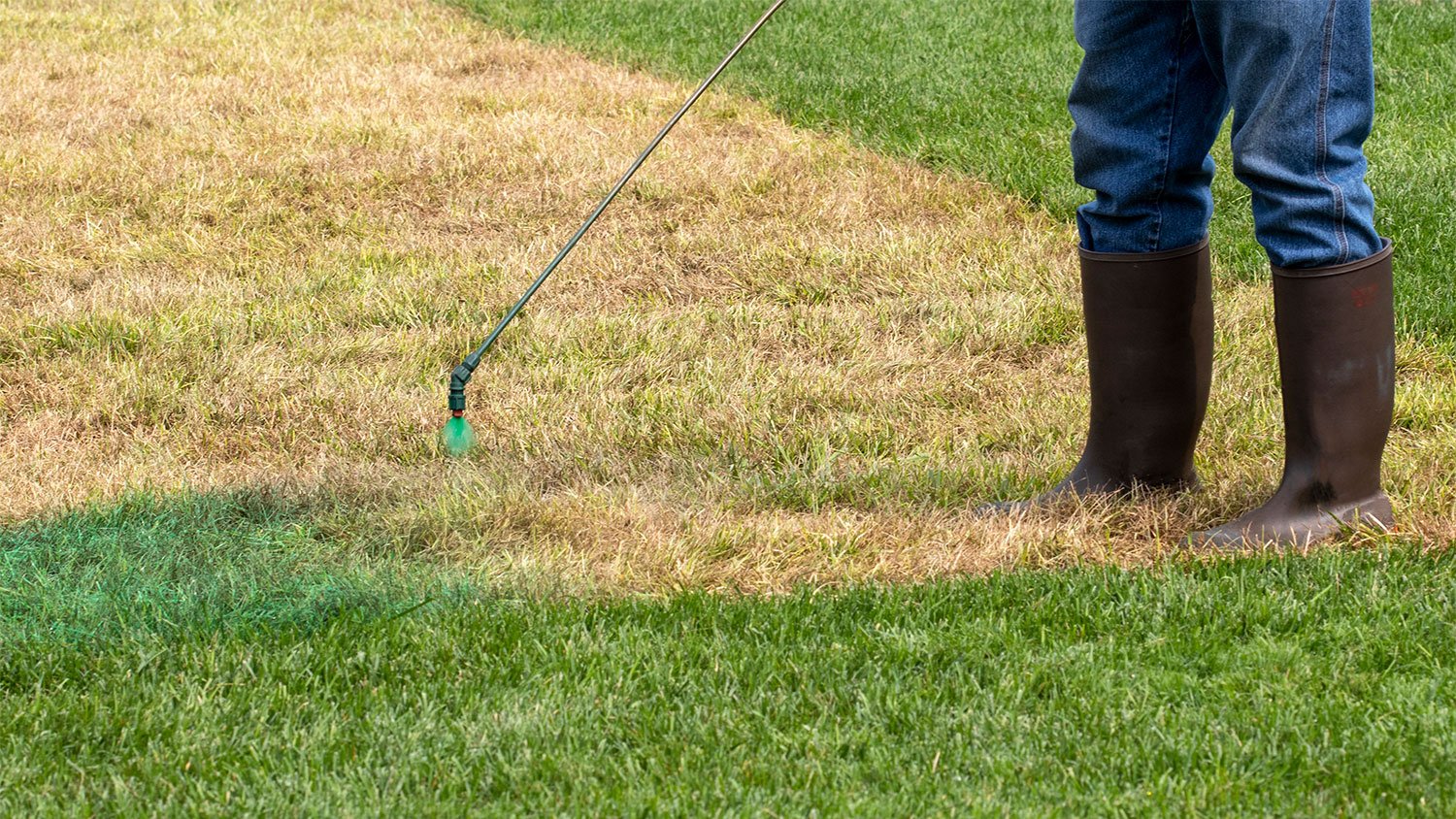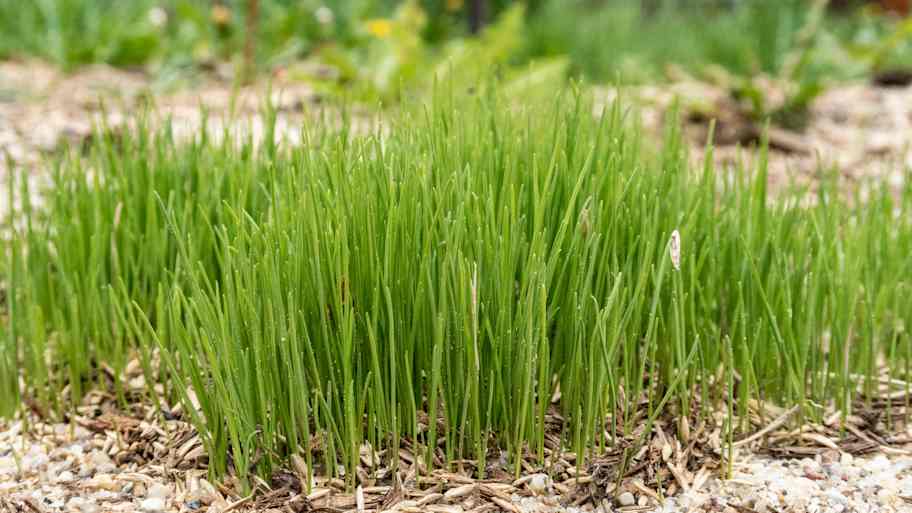
Get transparent power seeding cost info to learn what impacts pricing, how to save, and whether to DIY or hire a pro for your lawn’s best results.
Get the greenest grass in the neighborhood with these quick tips


The in-laws have booked your guest room for later in the month, and you already have the house spotless in preparation for their arrival. But you head outside to find the front lawn looking pretty lackluster.
Whether you need to prep for guests or an open house, getting your yard to look its best doesn’t have to mean months of extensive maintenance. These 10 tips will show you how to make grass green fast.
Iron can help you achieve a deep green grass without increasing the growth speed, as nitrogen does. Typically sold as chelated iron, this supplement can be sprayed on grass to maintain the chlorophyll levels, leading to greener grass. This method will give you greener grass for up to one month, although in cool, dry locations, it could last longer.
Follow the product instructions closely, as too much of this supplement or other fertilizers can actually kill off grass. Also, be careful to not spray iron onto walkways, driveways, or other hardscaping, as it can cause staining.

In a drought, grass may go dormant and will look brown. But with frequent waterings, the grass roots can grow deeper, allowing grass to grow thick and green.
Keep a consistent watering schedule year-round to ensure grass always looks its best. But even if you’ve been neglecting your lawn, getting back into a watering routine will give you green grass fast.
Water grass two to three times per week.
Allow the water to soak about 1 inch deep into the ground.
Water in the morning, rather than later in the day, to minimize evaporation, especially in the warmer months.
Your grass might be bright green, but it looks dull because it is thin. Overseeding involves planting new grass seed throughout the lawn to make it fuller. With more green blades of grass growing all over the yard, the grass will appear a deeper green.
Also, consider overseeding with a different, darker green grass, like fescue or Bermuda grass. Choose a grass type that grows in your climate and soil type and will work well with your existing grass.

Pet urine can cause grass to die off, so it’s best to encourage Fido to take care of business in one specific area of the yard to minimize damage. You might also set up a mulch or gravel area for potty breaks. Otherwise, grab the garden hose and water down the area where your pup pees once they finish to prevent the grass in that spot from yellowing and dying.
Nitrogen is key to picturesque green grass. During the growing season, plan to add nitrogen fertilizer about once or twice to boost grass growth and color. Like with iron supplements, excess nitrogen can actually be detrimental to a green lawn. Because nitrogen causes rapid growth, plan to mow more frequently after adding nitrogen to keep your lawn to an appropriate height.

Weeds compete with grass for water and nutrients, leaving your grass without the things it needs to survive. Start by pulling out weeds by hand, as many herbicides can also kill off your grass. Removing weeds manually also kills them quickly, so the grass can get back to absorbing its essential nutrients.
Another common issue that causes brown or yellow grass is pest damage. Pests may chew up grass blades or cut off grass from its roots. By getting rid of any pests as soon as you notice signs of damage, you can save your grass. Call a lawn pest control company in your area to discuss your options.
Whether you’ve added a nitrogen fertilizer to boost growth or you’re just keeping up with a regular mowing schedule, it’s important to mow grass to the right height. Appropriate grass heights depend on the type of grass, but in general, 2 to 4 inches is ideal. Slightly longer grass allows the grass roots to grow deeper, making the lawn more durable.
Something else to consider when mowing is the mower blades. You shouldn’t cut food in the kitchen with a dull chef’s knife, and you shouldn’t mow grass with dull blades. Dull blades prevent clean cuts, and the rough edges left behind can cause the grass blades to turn brown. Sharpen mower blades once per year before growing season.

If you’re really in a pinch, you can paint your yard to give it the green color you want. But that doesn’t mean you should grab a can of leftover green wall paint. You can purchase grass colorant at major retailers or home improvement stores. Just make sure to check that the product you choose is safe for animals and kids to be around.
There’s also the option to make homemade lawn dye using fertilizer, Epsom salt, and green food coloring.
Combine 1 pound of liquid plant fertilizer and 4 pounds of Epsom salt in a large bucket.
Stir in 1/4 cup of green food coloring.
Apply the homemade dye to your lawn. The resulting 5 pounds of dye will cover about 1,000 square feet, enough for a small- to medium-sized lawn.
Understanding the composition of your soil is key to growing healthy grass. Testing your soil will give you important insights into the pH level, nutrient content, and overall health of your soil. Most grasses do best in loam soil that is slightly acidic (pH level 6 to 7), so you can use your test results to determine the proper soil amendments to achieve this. You can purchase at-home kits or get the soil tested by a local soil testing service for quicker results.
Over time, heavy foot traffic and passes with the lawnmower can pack down and compact your soil, making it extremely difficult for your grass to receive the proper water, air, and nutrients it needs to thrive. Lawn aeration involves perforating the surface of the soil and extracting small cores of turf (called soil plugs). This loosens the soil, allowing more air and water to penetrate through to the grass roots, helping your lawn stay lush, green, and healthy. You can learn how to aerate your lawn or you can book a regular service with your local lawn care professional.
Paige Bennett contributed to this piece.
From average costs to expert advice, get all the answers you need to get your job done.

Get transparent power seeding cost info to learn what impacts pricing, how to save, and whether to DIY or hire a pro for your lawn’s best results.

Discover the cost to fertilize your lawn, including average prices, key factors, and tips to help homeowners budget for a lush, healthy yard.

Discover average lawn aeration cost, key price factors, and tips to save. Get a clear estimate for your yard and learn how to choose between DIY and hiring a pro.

Ready to give your yard a fresh start? With these tips for grass seed planting, your lush lawn dreams are one step closer to becoming a reality.

If you’re looking to apply fertilizer to your lawn, there are a few things you need to get right first. Make sure you’re ready to answer these lawn fertilizer questions before you start.

Brown patches on your lawn may occur for several reasons, including lack of sunlight and overfertilization. Learn how to treat and prevent patches.